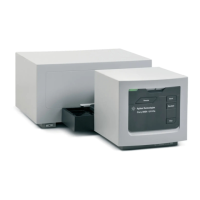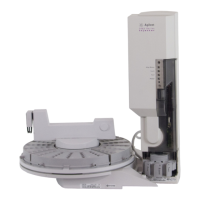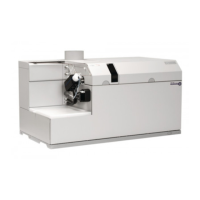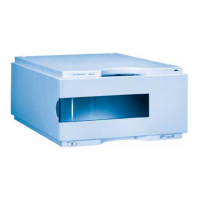122 Understanding Your Agilent ChemStation
5 Quantification
Norm% Calculation
Norm% Calculation
In the normalization method, response factors are applied to the peak areas
(or heights) to compensate for changes that occur in detector sensitivity for
the different sample components.
The Norm% report is calculated in the same way as an ESTD report except that
there is an additional step to calculate the relative rather than absolute
amounts of compounds.
The Norm% report has the same disadvantage as the Area% and Height%
reports. Any changes that affect the total peak area will affect the
concentration calculation of each individual peak. The normalization report
should only be used if all components of interest are eluted and integrated.
Excluding selected peaks from a normalization report will change the
reported results in the sample.
The equation used to calculate the Norm% of a component x is:
where:
The multiplier and dilution factor are read either from the Calibration Settings,
from the Sample Information dialog box or from the Sequence Table.
Response
x
is the area (or height) of peak x,
RF
x
is the response factor,
Σ (Response · RF)
is the total of all the (Response · RF) products for all peaks
including peak x,
M is the multiplier,
D is the dilution factor.

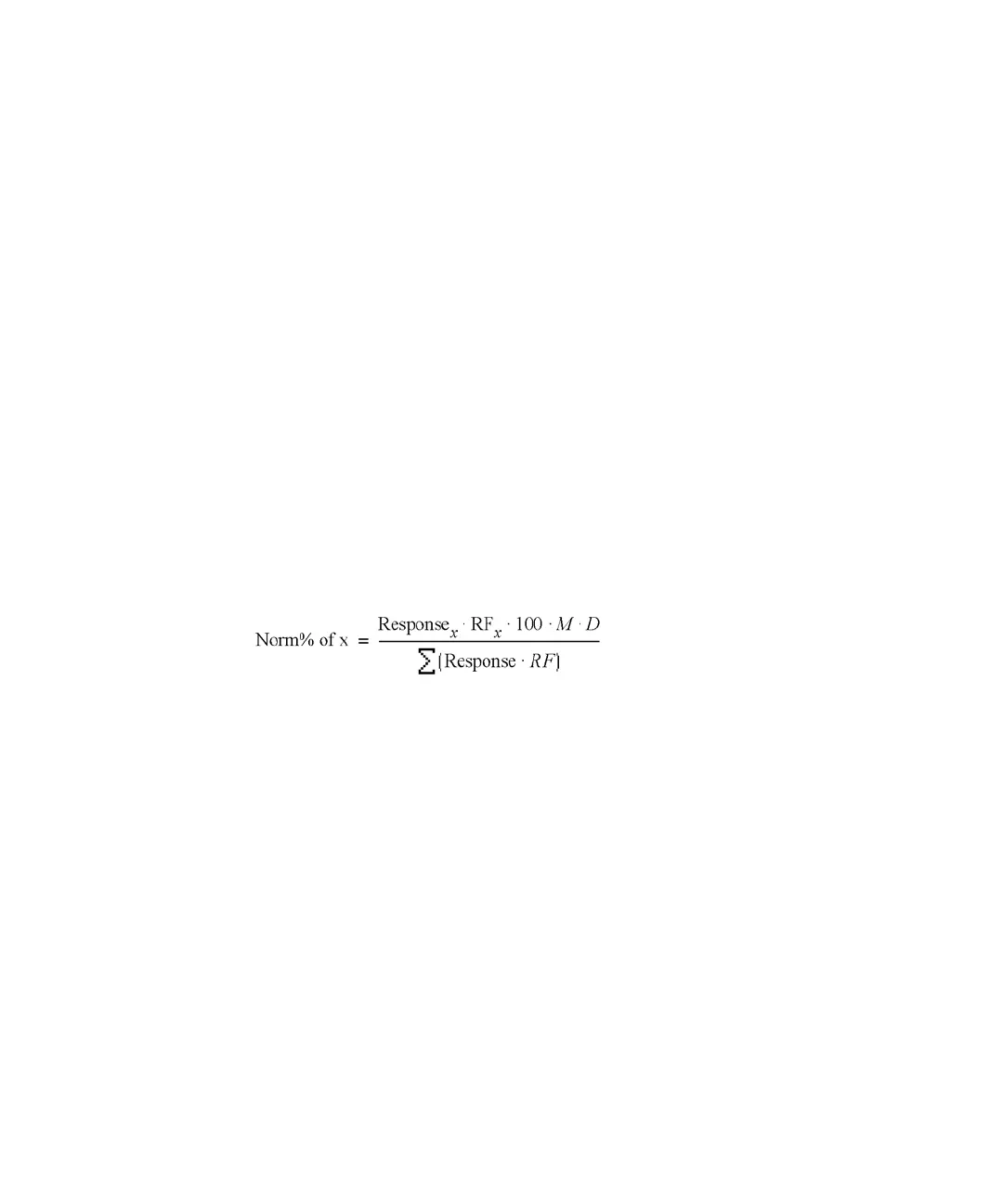